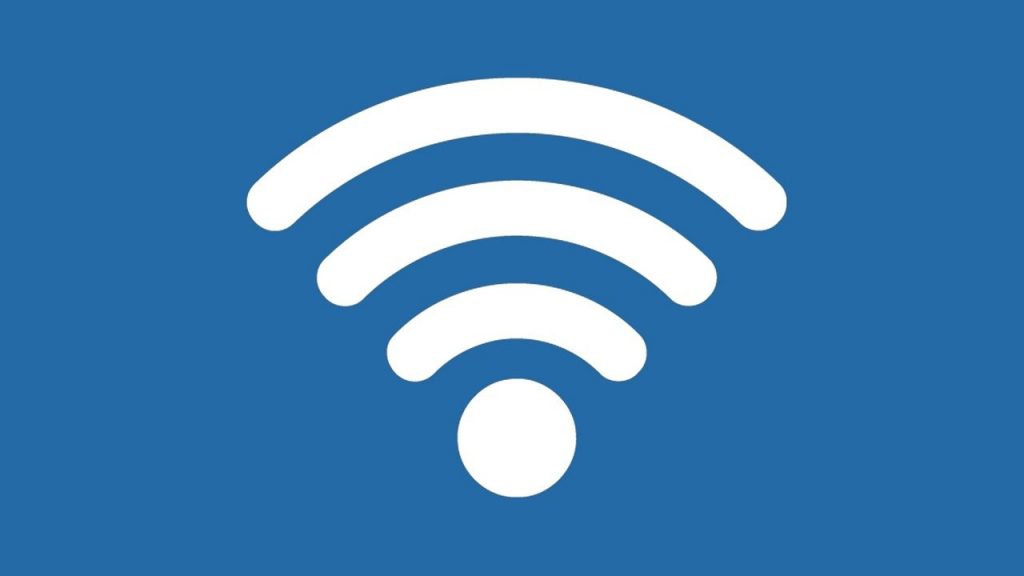How To Fix WiFi Disconnecting?
4 min read
WiFi Disconnecting Issues
One of the most frequent issues that is being reported by a lot of users has been that the WiFi keeps disconnecting on Laptop but after a couple of hours after which the WiFi begins to work normally again, with the yellow exclamation.
WiFi Keeps Disconnecting Frequently
The WiFi connection will not be able to connect when a user attempts to connect with the network, and the network has disappeared. The users are left confused and forced to force users to reboot their laptops or reset the WiFi card (switch off and back on) in order to establish a wireless connection.
Why Your WiFi Keeps Disconnecting on PC
Before we discuss the options, let’s try to understand the root of the WiFi Keeps Disconnecting problem. If your driver isn’t completely compatible with your gadget or your operating system you’re likely to face problems.
In this case, your computer will send the wireless device to go into sleep mode when not in use , to save on battery. However it isn’t capable of waking up in the event of a need, possibly due to the driver problem.
The Best Way To Diagnose WiFi Disconnecting Error
The best way to diagnose the issue is to try running your computer with a different network, or with a different computer that is connected to that same network.
Why Does My Wifi Keep Disconnecting?
When the WiFi Keeps Disconnecting problem persists in both instances, you can try using this network diagnostic tool within your laptop to help you further pinpoint the issue. All you need to do is enter “Network Diagnostic” in the Start menu and then click “Identify and Fix Network Problems”.
3 Ways To Fix WiFi Keeps Disconnecting Frequently in Windows 8 and 10 Issue
There are three options can be tried to solve that WiFi is constantly disconnecting. error. You can work through this list till the WiFi keeps disconnecting issue is fixed.
Solution 1: Download and Install Updated Drivers
Manually update your drivers to resolve the driver issue. Follow the steps below-
Method 1 to update your driver: go to the manufacturer’s website. Go to your driver’s section , then double-click to download and install the driver.
2. If you’re not able to locate drivers to download visit an online service that is capable of automatically identifying your computer. Click to start and then install the detection program and then let the system discover your drivers. Once this is done, download and install the drivers. Certain manufacturers offer automatic detection of the system.
Option 2: Do not permit Windows to shut off the Wireless Device
In the event that your system is getting overheated in any way, this could result in your PC being into sleep mode. Sleep mode causes the computer to cut off the wireless connection and conserve battery. To fix this, follow the steps listed below:
Step 1: Press Windows + R keys to start Run.
Step 2: Step 2: Type “devmgmt.msc” in the search bar and press Enter to start the device manager.
Step 3: Go into the “Network Adapters” section and expand it.
Step 4: Right-click on the wireless device and choose “Properties”. If the yellow triangle with an exclamation point is visible, then your driver aren’t working properly.
Step 5: In the property window click the tab ‘Power Management’.
Step 6: Remove that box “Allow the computer to turn off this device to save power” and click OK to save your changes. Check if the issue persists.
Solution 3. Reconfigure your Wireless adapter
WiFi connections in different countries can use different frequencies and bandwidths. This is why we’ll try to switch the frequency range detection to automatic to eliminate the blockage caused by non-standard frequency ranges.
Step 1 1. Step 1: Press Windows + R keys in order to start Run.
Step 2: Type “ncpa.cpl” in the search bar, and then hit Enter to open the Network Adapters Window.
Step 3: Click right-click the WiFi adapter and select its Properties.
Step 4: Click the Configure option.
Step 5: Navigate on the Advanced tab, and look for the property you want to change: 802.11n Value and the 20/40 coexistence. Make them Auto.
Solution 4 Reinstalling the Network Driver
If the above method didn’t work for you or shows “The best driver is already installed” then you can try reinstalling the network driver.
Here is how:
1: Open the Windows Search bar, type “Device Manager” and hit enter.
2: Double-click on ‘Network adapters’ to expand.
3: Select your network adapter, it could be Realtek, Broadcom, etc.
4: Right-click on it and select ‘Uninstall device’.
5: Finally, check the box reading “Delete the driver software for this device” and click on Uninstall.
Let the process complete and after that restart your computer and check if the problem is solved or not.
Fresh Install the Network Drivers
If none of the above methods work out for you then you have to install the network driver manually. For this, you will have to download the network drivers and then install them. Here is how:
1: Fire up a browser.
2: Now simply search for your computer’s drivers.
Just enter the name of your computer manufacturer followed by “drivers” and hit enter.
3: This works differently for different manufacturers, some ask the serial numbers, some ask for model and series.
The main goal here is to download the latest wireless drivers for your computer.
Here are the websites from where you can download the drivers for major computer manufacturers:
4: Once you have downloaded the latest wireless drivers for your computer, simply install them and restart your computer.
Conclusion
Also, ensure that the router is powered up and that the power plug and 12/5V jack are connected correctly. In general, ensure that the router is not in contact with electrical appliances that interfere with WiFi.




